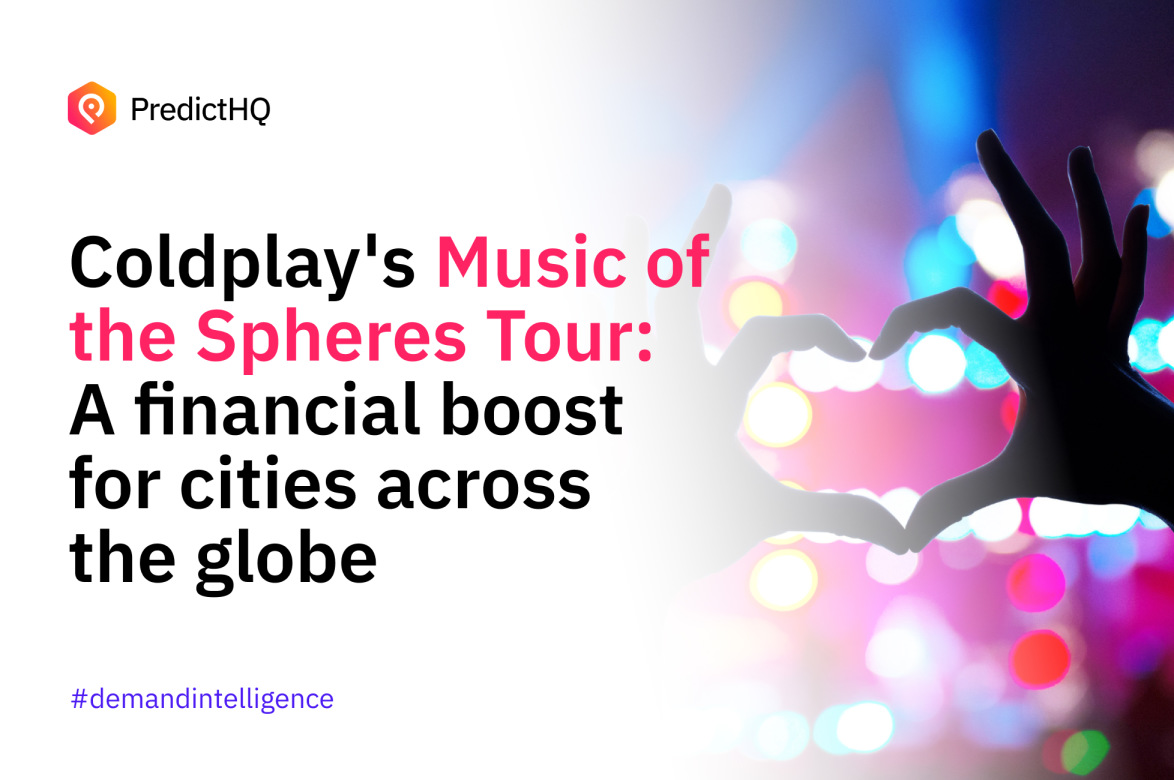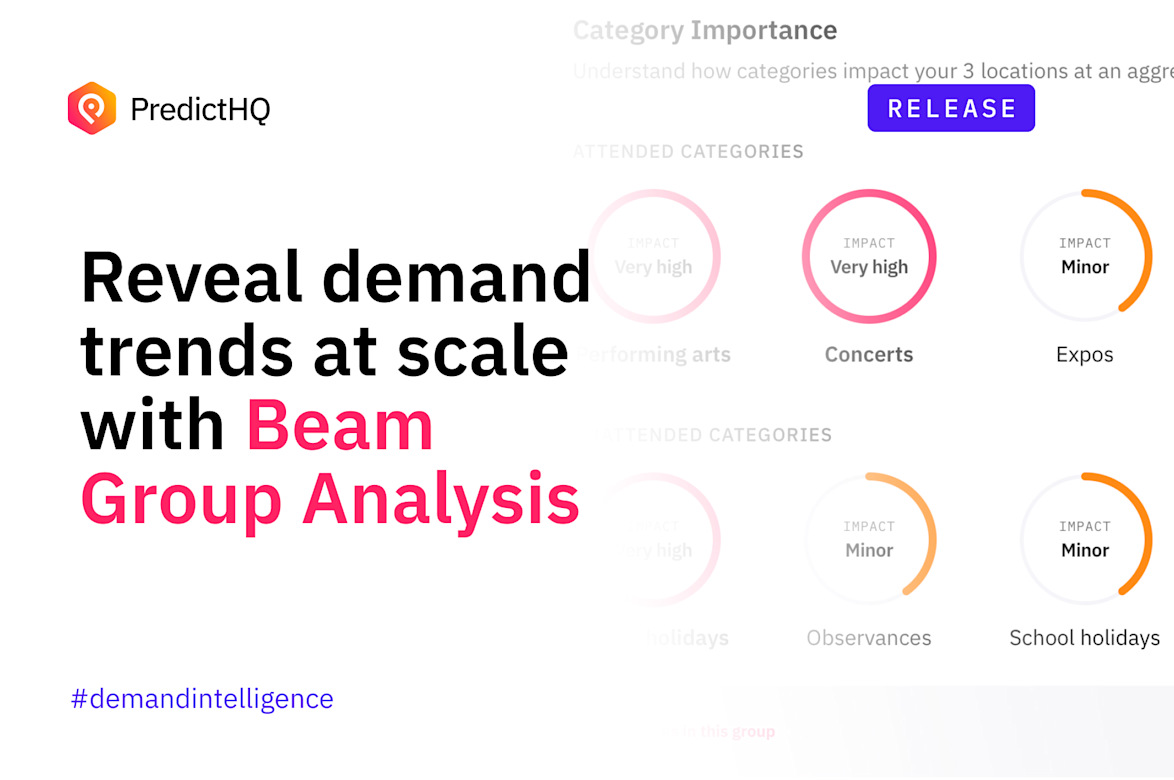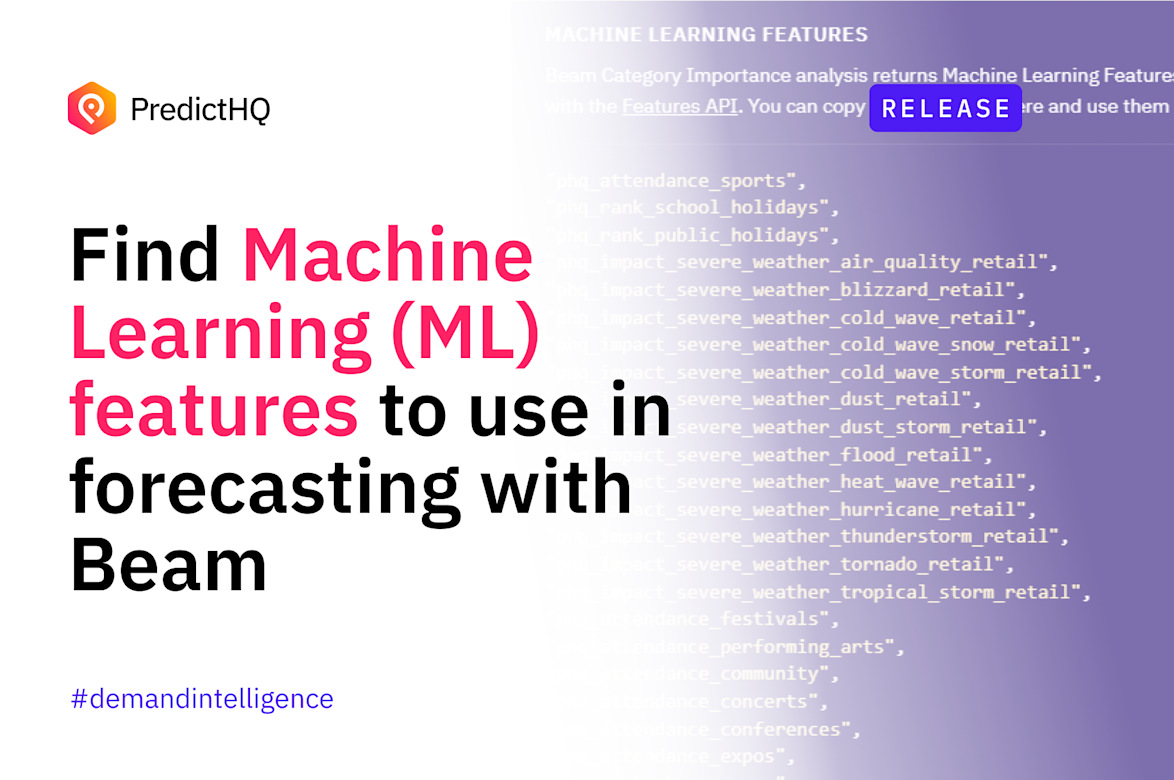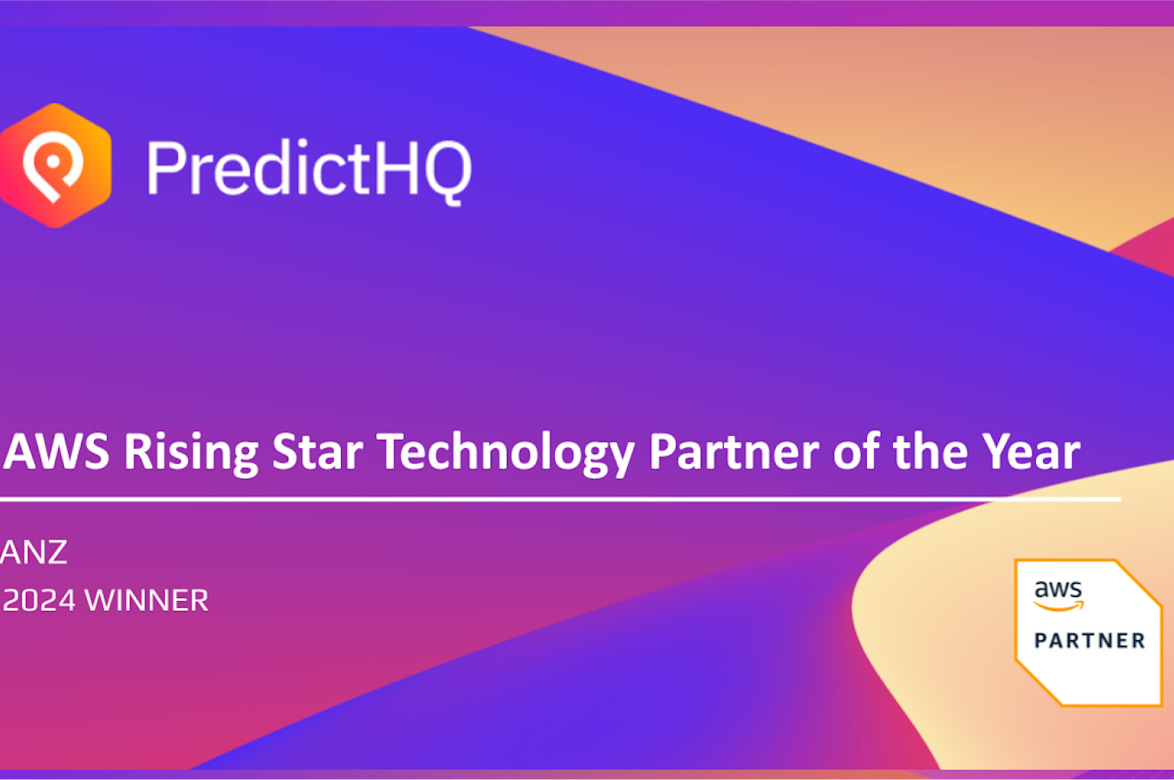2024 Demand Forecasting Trends: A C-Suite Roadmap
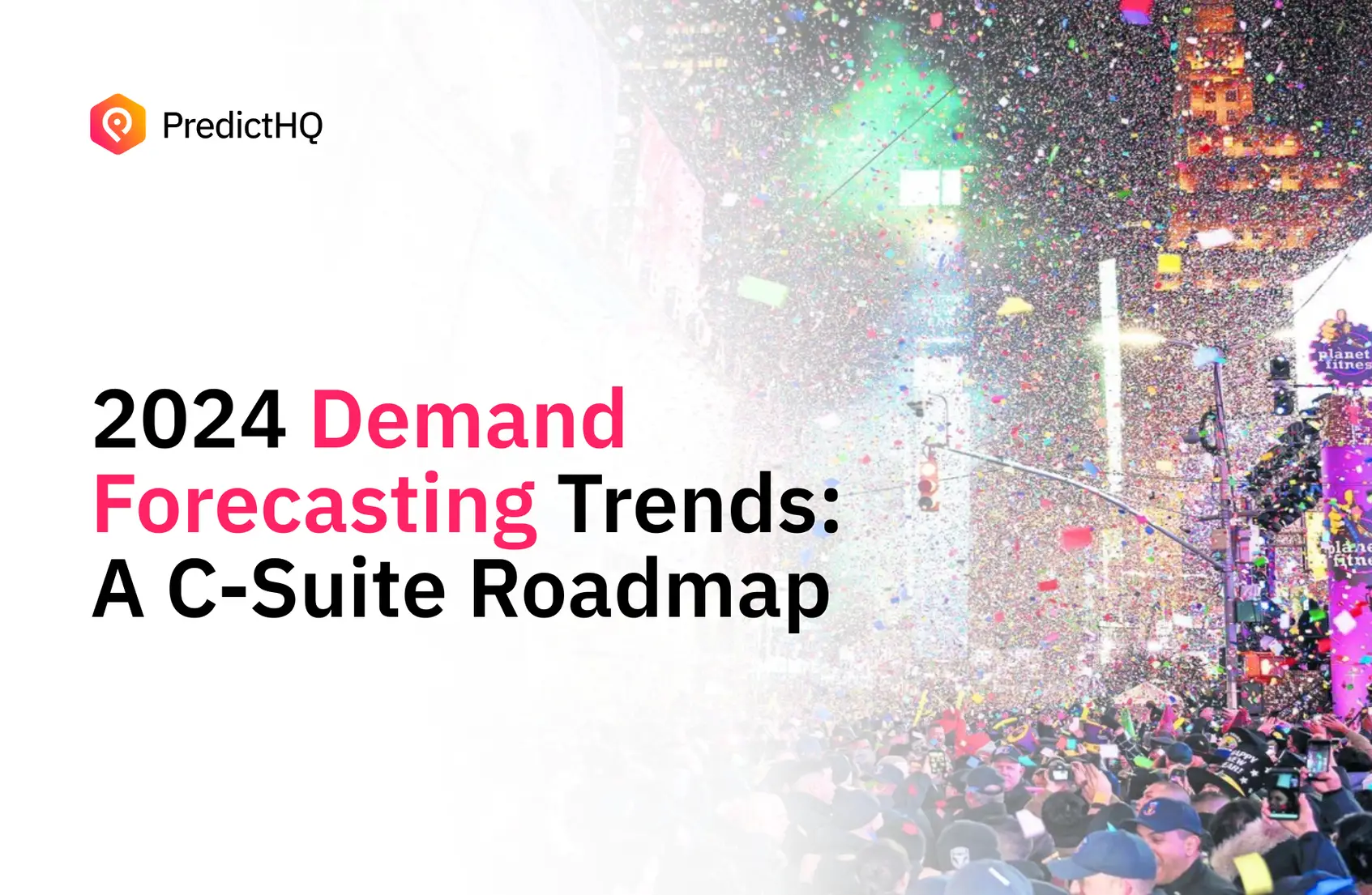
The ability to anticipate and respond to customer demand is paramount in this rapidly evolving landscape. In today's dynamic environment, businesses will need to be able to accurately predict and explain future demand in order to make informed decisions about production, inventory, marketing, and pricing.
In an era defined by unprecedented technological advancements, the role of senior leaders in shaping the future of their organizations has never been more pivotal. As we step into 2024, the convergence of technology, artificial intelligence, data, and a forward-thinking mindset becomes the cornerstone of success.
We will cover the expected trends in the demand forecasting space for 2024, digging into the intricacies and changes to demand forecasting, unveiling the essential themes that senior leaders must embrace to not only survive but thrive in a dynamic and competitive marketplace.
Our aim is to provide a roadmap for those who understand that the future belongs to those who harness the power of technology, strengthen their data analysis capabilities, and dare to think beyond the constraints of the present. We explore how these themes coalesce to empower leaders to make informed decisions, navigate changes with agility, and position their organizations at the forefront of innovation. Let’s make sure you are set up for the future of demand forecasting.
How the C-Suite can leverage demand forecasting to drive business growth
In a world characterized by rapid technological change, economic volatility, shifting competitive dynamics, and ever-changing customer preferences, accurately predicting future demand has become an elusive target.
Economic turbulence, made worse by global recessions and market fluctuations, demands a precise grasp of customer behavior to allocate resources efficiently.
Competitive dynamics, with new players constantly entering markets, necessitate agile forecasting to stay ahead.
The fickle nature of customer preferences, influenced by cultural shifts and social trends, underscores the importance of understanding consumer behavior.
At PredictHQ, we have seen by incorporating real-world events into a forecast that it has created a 27% improvement to WAPE in one restaurant which equates to $180K a year in benefits. Now imagine that across all of their restaurants to a varying degree.
As a C-suite leader, below are some specific steps you can take to position your organization to meet fluctuating customer demand and achieve business goals:
Invest in people, processes, and technologies to make demand forecasting a core competency of your organization
Use demand forecasting to inform your strategic planning
Be agile and adaptable in your forecasting approach
Incorporate external data into your forecasting
Understand post-pandemic behavior shifts and adjust your forecasting models accordingly
Let’s dive into the trends for demand forecasting in 2024, and how to navigate the ever-changing business landscape to achieve success this coming year.
1. With artificial intelligence, the genie is out of the bottle and it's not going back in
This isn’t listed as the top trend solely because it's the big term of 2023. It's not just about staying in the loop; it's about diving deep into the transformative wave of technological progress. In the past year, artificial intelligence (AI) has surged into the spotlight, offering businesses newfound speed and agility. However, accessibility alone does not guarantee precision in outcomes.
It's crucial to comprehensively grasp how AI can be harnessed to elevate your business, especially in the context of demand forecasting. The ability to unlock AI's potential for refining and revolutionizing your operations will be a pivotal strategic advantage. The role you can play? Socialize and educate your business on the rapid advancement of AI and ensure you and your peers have a sound strategy around:
Automation: AI can automate many parts of the demand forecasting process, reducing the need for tasks like manual data entry and analysis. Is your data science team thinking about this yet? If not, you need to make sure your teams are actively improving your processes with AI to free up your employees time to focus on higher-value tasks.
Data: As we know, AI can leverage vast amounts of data but the key will be to figure out how to access and incorporate unique data. Having a strategy on incorporating unique data into your forecasting and AI strategy will be key.
Continuous Learning: Once you have your forecasting models built off of AI, these systems will continually learn and adapt to changing market conditions and consumer preferences, ensuring that demand forecasting models remain accurate over time.
2. Data protection and privacy remain paramount in today's landscape
The relationship between the increase in AI and privacy is interesting and how businesses tackle this will be the difference maker for those that succeed. In an era where both consumers and nations are steadfastly guarding the extent of data they divulge, the future will see companies relying on publicly accessible consumer data.
The game-changer for success will be the use of distinctive and unique datasets that do not encompass personally identifiable information (PII) but instead offer a unique advantage for businesses. Demand forecasts that incorporate external data–beyond weather data–are going to be smarter and more accurate.
For example, PredictHQ’s intelligent event data. PredictHQ is the world’s only company that provides the missing context for the biggest external factor that impacts businesses demand – events. The verified global event dataset and supporting intelligence enables businesses to forecast shifts in demand from events to be able to adjust their inventory, make changes to labor, dynamically price and operate more efficiently. This is all without PII or consumer data.
Another example would be SafeGraph’s point of interest (POI) data. SafeGraph collects and provides detailed information about physical places and locations. They gather data on things like foot traffic, popular times, and other insights that can help businesses make better decisions about where to open or operate. External datasets like PredictHQ and SafeGraph will be crucial for businesses to incorporate into forecasting in 2024.
3. Demand patterns will increasingly vary by market
Accelerated digital transformation and global economic growth is resulting in increased demand for goods and services from emerging markets. This places more pressure on businesses as they now need to be able to forecast demand for their products and services across multiple channels, including online and offline channels, and in multiple markets around the world. This is making it essential for businesses to understand the different demand patterns in various markets.
Similar to segmenting your markets based on target audiences, businesses need to segment their forecasts to be able to tailor their demand forecasting strategies to the specific needs of each market. Businesses need to develop hyper-localized forecasting strategies for each market in which they operate. By doing this, businesses can improve their ability to meet customer demand, reduce costs, and increase profits. As a leader, the more accurate the picture of demand you can have across the organization and across the various markets you do business in, the better decisions you can make.
4. Real-time data integration is necessary
We’ve mentioned the increasingly dynamic and rapidly changing landscape a couple of times already. With complex market conditions, changing consumer preferences and external factors, access to real-time data will allow you and your organization to respond rapidly to shifts. This means adjusting pricing, inventory, marketing strategies, staffing and more to meet changing demand.
Although many businesses claimed they were going through a digital transformation for the last decade, many are still either manually capturing data or using disparate sources that result in stagnate, point-in-time data. Leading businesses are integrating APIs directly into their models to access real-time data streams directly.
This is also allowing businesses to access a constant flow of up-to-the-minute data. Data, especially external data (which is crucial to be included in your forecasts) is dynamic and the way businesses consume this data needs to be real-time. For perspective, intelligent event data company PredictHQ fetches events like concerts or conferences 15x on average after they first collect the event into their system.
That's because events change – whether it’s the time, location, date, postponements or a myriad of other factors. Real-time data integration is vital for accurate demand forecasting in 2024 because it enables businesses to navigate the ever-changing marketplace with agility, precision, and a competitive edge. It empowers organizations to make informed decisions in the moment and adapt to the fast-paced, data-driven landscape of the future.
5. Post-pandemic behavior shifts
As the world continues to navigate the post-pandemic landscape, forecasting demand for industries like travel, hospitality, and entertainment will require a keen understanding of shifting consumer behavior and sentiment. What some have dubbed “funflation”, which is a term that encapsulates the surge in demand for leisure, entertainment, and experience-driven activities as communities emerge from a prolonged period of restrictions and lockdowns. As the world continues to navigate the post-pandemic landscape, businesses and demand forecasters are confronted with a paradigm shift in consumer behavior and sentiment.
Not only does this mean as a business, you need to be aware of events and experiences that consumers are flocking towards, you also need to ensure your business has a true grasp on your consumers.
For example, this means if you're in the travel or accommodation space, delving into the psychology of the modern traveler or leisure-seeker, recognizing the desire for personalized, transformative experiences, and crafting forecasts that reflect this evolving sentiment.
Navigating these uncharted waters, businesses must anticipate and adapt to the ever-evolving landscape of experience-driven demand. This is a complex challenge to task your forecasting team with but will result in gold for your business if you can get it right.
With the granular insight provided by intelligent event data, businesses can make data-driven decisions that help them to future-proof their businesses, despite the fluctuating demand patterns, growing markets, and changing consumer preferences across industries.
Accurately predict future demand to make better decisions in 2024
In today's hyperconnected, data-driven world, demand forecasting is not just a tool; it's the cornerstone of strategic business planning. It ensures that businesses are proactive rather than reactive, empowering them to adapt to market shifts, delight customers, and stay ahead of the competition.
In a tightening economic market the ability to deploy resources more efficiently & maximize yield is even more important. Demand forecasting will be the compass that guides businesses through an ever-changing global landscape. As we approach 2024, C-Suite leaders who are evolving with the rapidly changing business landscape and fast advancing technology will be a part of the businesses that come out on top.
If you’re interested in learning on how leading global businesses are approaching demand forecasting in 2024, learn more here or reach out to us directly.




